
October 15,2025
admin
When selecting an ergonomic chair manufacturer, cost and service are key considerations. Only by ensuring reasonable pricing alongside comprehensive after-sales and technical support can long-term value be created for enterprises. This article outlines five phases—preparation, cost negotiation, service negotiation, contract terms, and follow-up maintenance—to help you efficiently finalize partnerships.
1. Requirement List
Specify purchase quantity, configuration demands (e.g., multi-level adjustment, lumbar support mechanisms, fabric materials), and acceptance criteria (dimensional tolerance, functional testing).
2. Market Research
Understand pricing ranges of mainstream ergonomic chair brands to establish reference points for negotiation.
3. Supplier Screening
Prioritize manufacturers certified by ISO 9001, BIFMA, or domestic standards. Collect background information on production capacity, annual output, and core client cases.
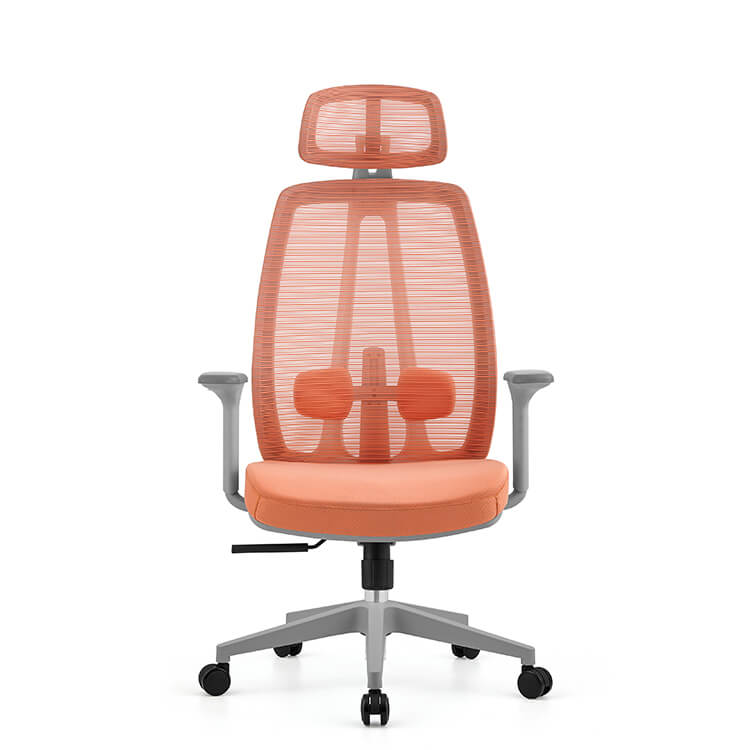
1. Tiered Pricing
Negotiate volume-based discounts (e.g., 3%–5% extra reduction at predefined quantity thresholds) to secure lower unit costs for larger orders.
2. Component Cost Optimization
Separately bargain for vulnerable parts (gas lifts, slides, casters) to obtain free or low-cost replacement guarantees.
3. Delivery Schedule and Penalties
Specify delivery milestones in the contract with liquidated damages for delays, mitigating risks from production fluctuations.
4. Sample Costs
Request free or discounted initial samples, with a clause ensuring bulk prices match sample quotes to prevent post-test price hikes.
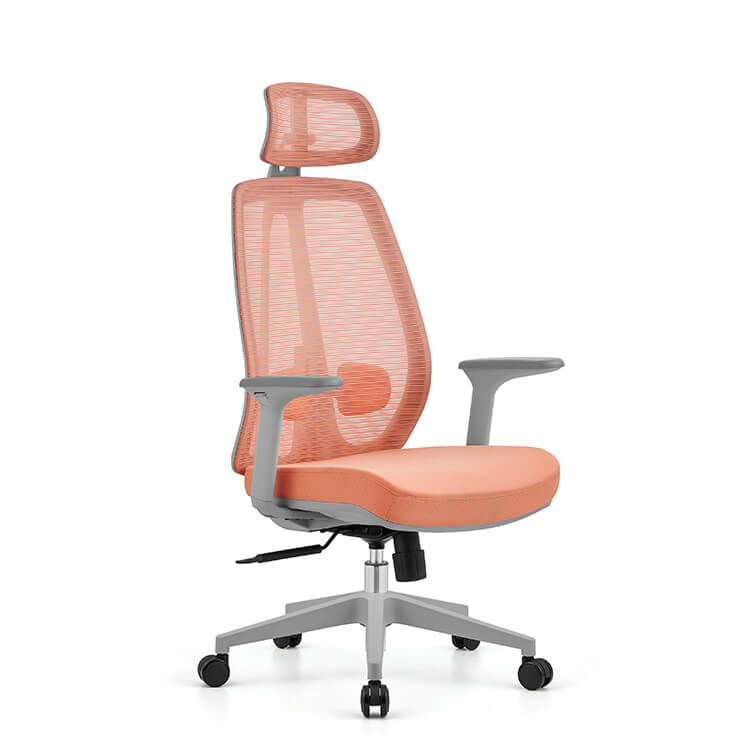
1. Technical Training
Secure online/on-site training for internal facilities teams on product adjustment and maintenance.
2. Warranty Terms
Mandate a minimum 3-year full-machine warranty, with synchronized coverage for vulnerable parts and free repairs/replacements during the period.
3. Response Time Commitments
Define after-sales fault response timelines: 24-hour phone response and 72-hour on-site service to minimize downtime losses.
4. Periodic Follow-Ups
Require manufacturers to schedule follow-up milestones at 30 and 90 days post-installation to collect feedback and propose improvements.
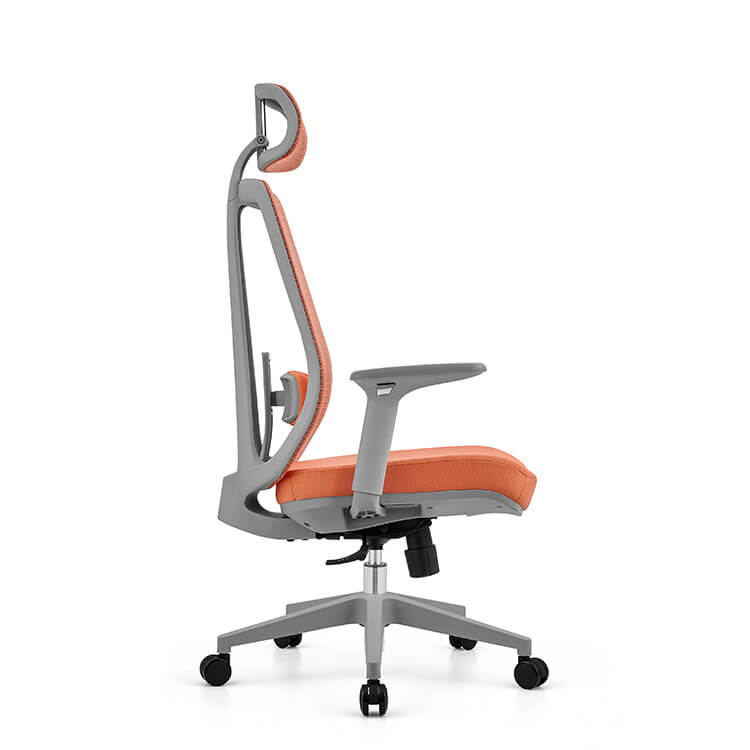
1. Acceptance Criteria
Itemize appearance standards, dimensional tolerance, and functional test procedures in contract annexes, including testing methods and pass/fail criteria.
2. Change Management Processes
Stipulate written change orders for configuration adjustments during production/installation, clarifying cost and schedule adjustment rules.
3. Intellectual Property Rights
Declare ownership and usage scope of custom patents or brand logos to protect IP.
4. Confidentiality Agreements
Sign non-disclosure agreements for design plans, process parameters, and pricing systems to prevent information leakage.
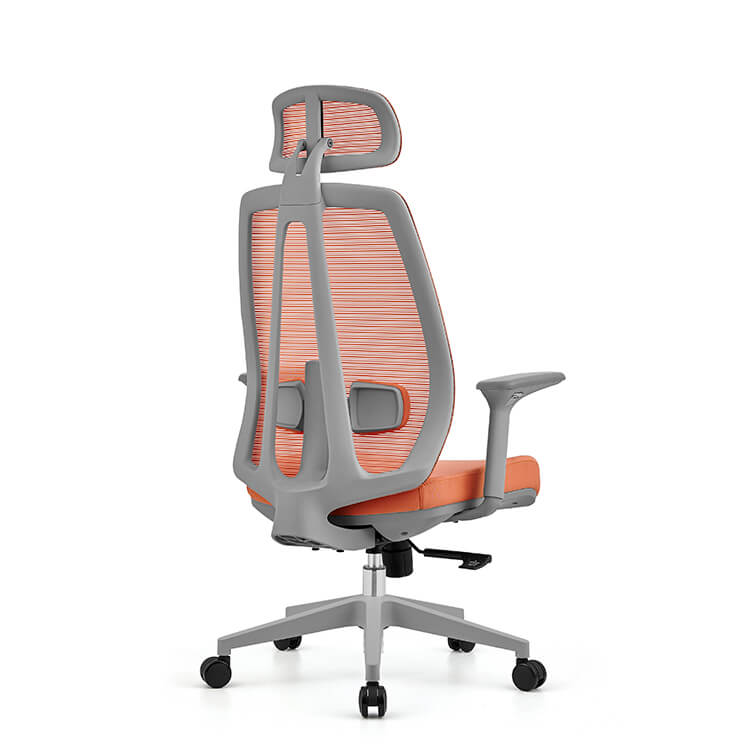
1. Periodic Performance Evaluation
Annually or per purchase batch, assess cost execution, delivery compliance, and failure rates to adjust procurement strategies.
2. Joint Innovation
Collaborate with manufacturers on new material/process development, participating in R&D testing for next-generation products.
3. Scaling and Upgrades
Discuss expansion plans in advance as company size grows, prioritizing "loyal customer" discounts and customized services.
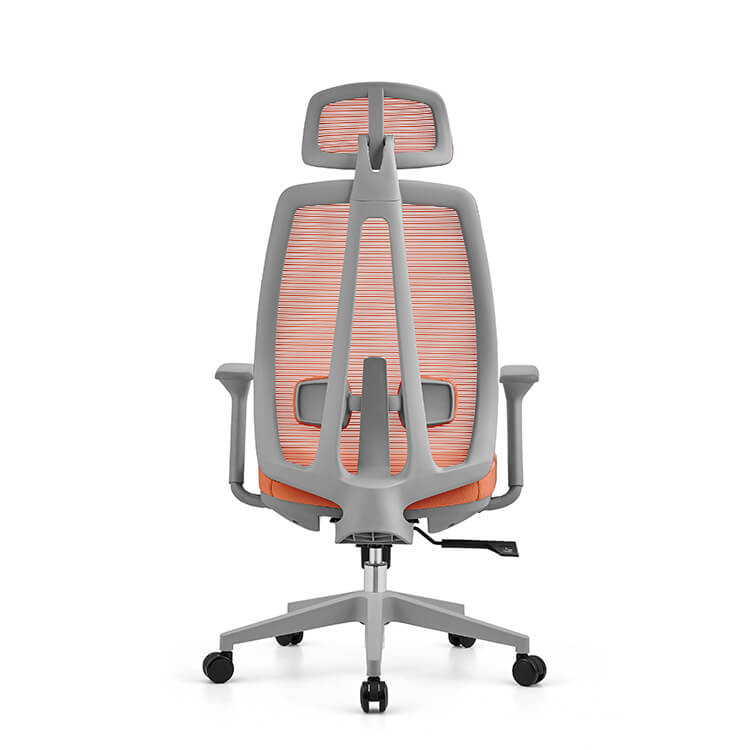
Through systematic negotiation and management of these five phases, you can control procurement costs while securing premium technical support and after-sales support. This lays a solid foundation for creating a healthy, efficient office environment.Choose Ekintop Furniture for tailored solutions that balance cost-effectiveness and service excellence.

